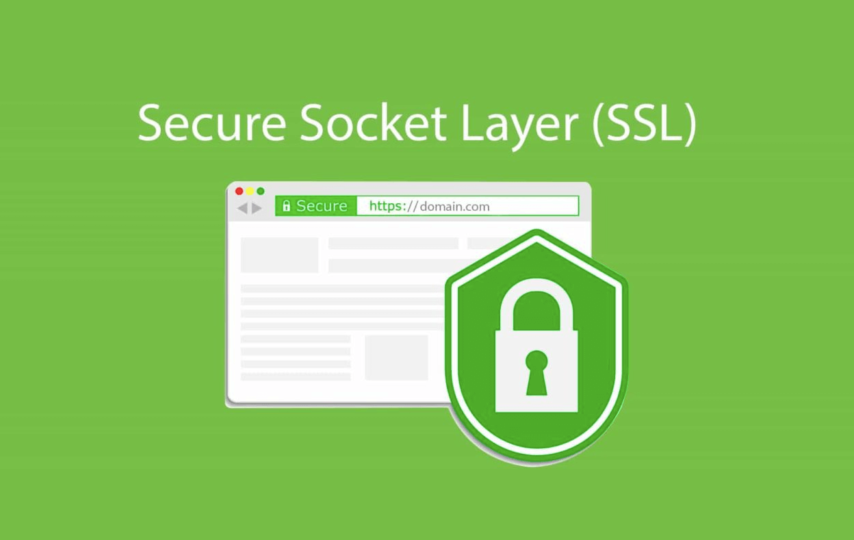If you’ve been in the website game for a while now you likely know about the importance of SSL. Still, knowledge is power and whether or not you already have an SSL or you’re not convinced about if you should buy certificate, this article should prove helpful. We’re going to get into the nitty-gritty of SSL, explaining what encryption is and how it looks in action on today’s web.
Let’s dive in.
What is encryption?
First, let’s define encryption more generally. Encryption is the process of encoding data (usually sensitive data) so that it is unreadable. Data in its original form is known as plaintext. The plaintext is then scrambled using a specific cipher or key. The scrambled data is known as ciphertext. The ciphertext can only be unlocked by that same cipher or key. This process is a key element of secure communications, known as cryptography, and has been around for thousands of years. Julius Caesar was said to use the Caesar cipher in his personal correspondence. One of the simplest ciphers, it is basically a substitution key where each letter in the plaintext is replaced by an alternative letter that is a fixed number of positions down the alphabet.
The specifics of SSL encryption
SSL uses a far more sophisticated kind of encryption to secure connections between a server (a website) and a client (a browser). The idea is the same, but most modern SSL certificates offer 256-bit encryption. This means that communications on a website secured by SSL are encrypted by a key that’s 256-bits long. In comparison to the 26-letter Caesar cipher we mentioned above, that’s quite a difference. If you wanted to crack the key, there would be a hefty 2×256 possible combinations, making it impossible for computers let alone humans to crack.
An encrypted connection is created through a process between the client and server known as the SSL handshake. The SSL handshake is a pretty technical and complicated process, but in basic terms, it’s a means of exchanging keys to encrypt and decrypt data, while each side authenticates the other before a connection is established.
Once an encrypted connection is established, data sent between the client and the server is as safe as can be. Not even the world’s strongest computer will be able to crack the 256-bit key to unscramble the data, meaning any private user information, from login details to credit card numbers, will remain private.
Wrap up
While SSLs are becoming more commonplace, not everyone knows how they work. Hopefully learning a bit more about the process of cryptography and encryption will encourage you to secure your site with SSL.
Also Visit: Patient portal.aegislabs.com what is the Patient Portal?













